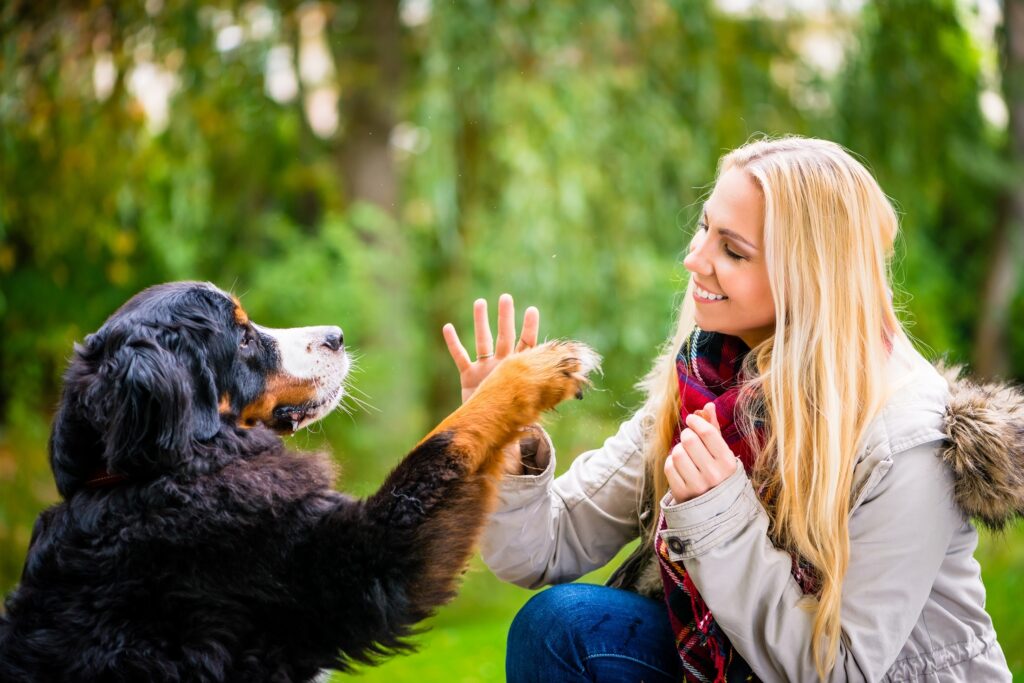Many animal behaviour consultants abhor labels.
They consider them not just pointless, but disastrous, and many of them wouldn’t be caught dead using labels.
You might think I’m exaggerating for dramatic effect, and yes, I do have a penchant for hyperbole so it is entirely possible… but sometimes I do wonder.
As an ethologist, I had merrily been using labels for decades without even realizing that they could be problematic. It was not until I started hanging out with behaviour analysts that it was pointed out to me.
I had two main reactions to that insight:
- Wow, it’s really useful to realize that labels can be very detrimental!
- Wow, some people really don’t seem to realize how useful labels can be!
When are labels useful? Well, as is the case with literally everything related to animals and their behaviour, it depends on the context.
Labels are sometimes useful, sometimes irrelevant, and sometimes harmful.
I can think of three useful types of label, and one label type that is harmful. And yet, the harmful labels are getting all the attention!



